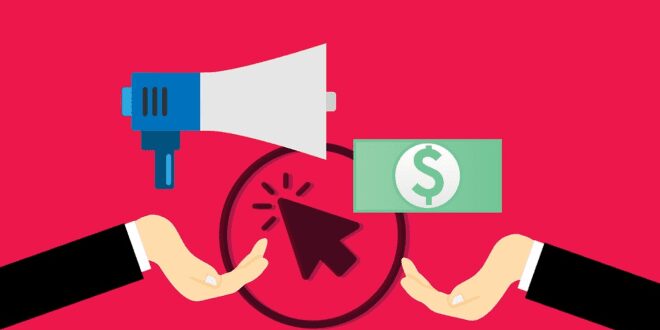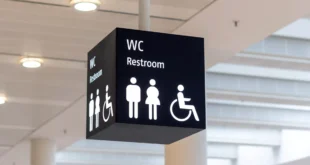You own a business and domain name and have integrated various SEO strategies to make the general public more aware of your existence.
You have also probably received invitations from website traffic sources to buy a package and transform your currently waning visitor numbers.
Like a huge percentage of marketing departments, the idea of buying traffic rings alarm bells. You have visions of your religious bookshop’s logo popping up on an international porn site, or a group of sad but angry trolls being sent to your comments section.
How can paid traffic sources be a worthwhile part of your marketing budget?
It’s all to do with the Order of Things
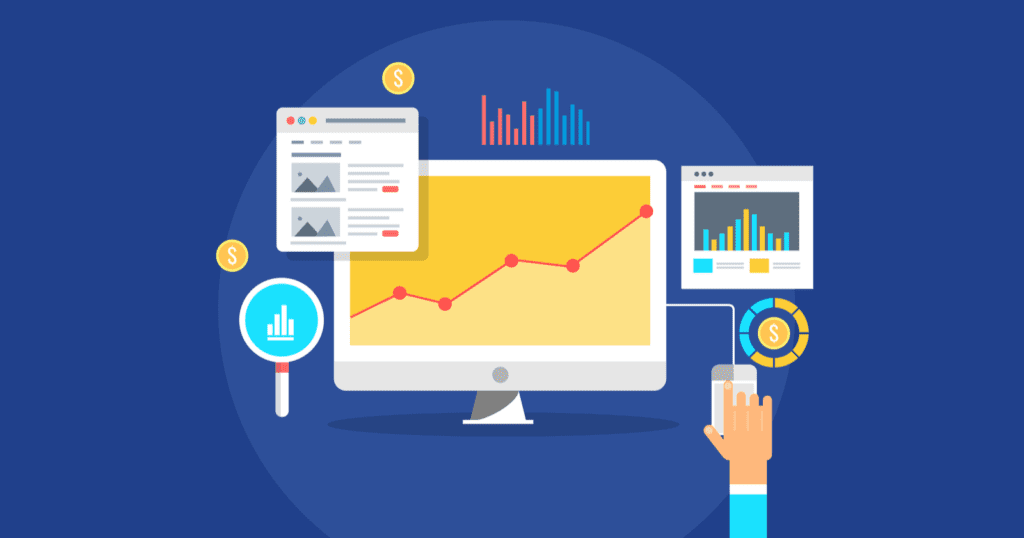
Website traffic for sale, just like the monarchy, anarchy, and art, produces a rainbow of individual reactions. Negative connotations – cheating, overly-generalized groups, paid to click but not encouraged to buy visitors, artificial visitors… countless warnings have been thrown into forums and marketing blogs about buying website traffic.
Buying website traffic can be a very worthwhile strategy for a very wide range of websites. To avoid the possible pitfalls, you simply need to follow certain steps to get the most out of your purchase.
Step One: A Working Website

It seems obvious, but having a website and ad that piques interest is the only way you can increase website traffic.
Unfortunately, this first and most crucial step is often overlooked.
When you send tens to hundreds of thousands of visitors to your website, paid or not, the quality of your site will significantly influence your bounce rate.
The public is used to rapidly-loading pages. If your landing page takes a long time to load, they will click on that little X on the top right-hand corner, and you will have lost a potential conversion.
Keywords play a huge role in inviting organic traffic but much less of a role for bought traffic. Once any visitor lands in your domain, the quality of content and product variables take over.
Bounce rates, where a visitor does not stay long on a single page or navigates to another on the same domain, are – even with analytics – challenging to measure. Anything below 40% is considered an excellent bounce rate, and anything above 75% is deemed to be high.
Step Two: The Right Target Niche

People wrongly see bought website traffic as a way to increase conversion rates. If you live in a mountainous region of South America, only speak Spanish, and are looking at a website that shows cute kittens and an English-language ad comes up for bicycles, how likely are you to find this interesting?
If you happen to also be looking for a new bike, you might want to have a look. That’s if you understand what the ad says and can pay for shipping. It is more likely you will ignore that ad.
A good website traffic source will offer a broad range of niches – from adult content to building, and from fashion to football.
It’s good to keep your targets in a loosely grouped niche. For example, pets rather than dog owners. Many dog owners own cats or other pets. And even if you are selling dog beds, your toy-dog designs might attract a cat owner (or your Labrador design might be of interest to someone with a Maine coon cat).
Undifferentiated traffic is another matter. If you are introducing a new product or a new website, you might want data for further analytics. By inviting hundreds of thousands of people from every niche to your website, you can calculate which target groups are more likely to convert.
Step Three: The Right Website Traffic Source

The last thing you need is for 300,000 bots to descend on your website. They do not convert no matter how amazing your website and product are.
Buying 100% human website traffic is a no-brainer; still, this is often overlooked and provides much negative feedback.
When researching the best website traffic provider for your domain, you need to:
- Ensure 100% human traffic – a good website traffic source will guarantee this
- Ensure AdSense-safe traffic IF you make use of AdSense – no great website traffic source will guarantee 100% AdSense-free traffic as this is impossible
- Be given options for geolocations, niche groups, and age groups
- Be given the option to cancel a subscription whenever you want or make a one-off purchase
If the website traffic platform you’re considering can ensure the above, it is time to pick one.
When Not to Use Website Traffic Sources

As already mentioned, if your product or service is extremely niche (remember diving bells to maritime research), you will not benefit from buying website traffic.
You should also have realized that badly-designed websites and shoddy products or services can generate increased negative feedback from a greater audience.
Most reputable website traffic services will not accept URLs that:
- Use forced downloads
- Contain viruses, Trojans, malware, or ransomware
- Use overt redirection
- Are specific URLs such as linkshrink.net
- Sell pharmaceutical or illegal drugs
And don’t use a website traffic platform if you are unable to keep up with demand. If you own freelance translation service, are looking for one extra client, and do not plan on expanding, this probably isn’t the right strategy for you.
Website Traffic for Sale and Bounce Rates
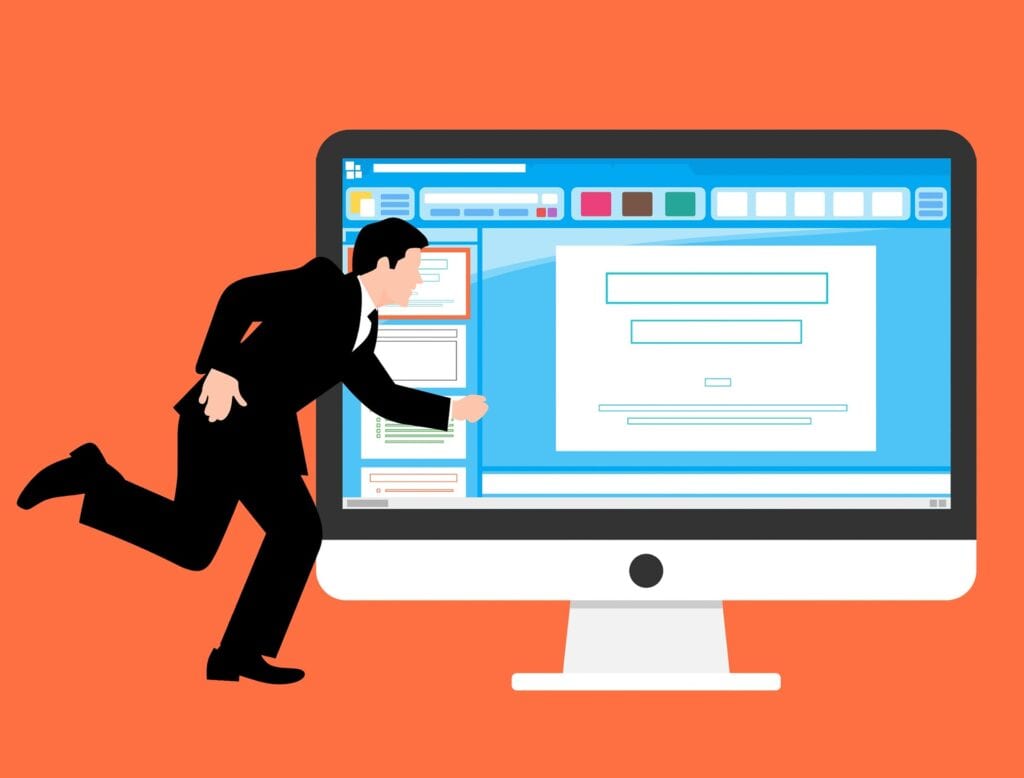
Earlier, we looked at bounce rates, saying (loosely) that less than 40% is an excellent result and over 75% a not-so-great result.
Website traffic has a notoriously high bounce rate. This is to be expected. Even niche groups using website traffic source sites may not be looking for your product or service.
It is the numbers that count.
Suppose you have bought a package from a reputable, 100% human website traffic provider like webtrafficgeeks or ultimateWebtraffic. Both offer the opportunity to choose up to three niches and geolocations from prices as low as $0.0028 per visitor.
You pay for 100,000 targeted visitors. Your conversion rate is 2% of these 100,000, most bounce. Let’s say 90% of your paid visitors don’t even bother to look. You still have 10,000 leftovers. With your 2% conversion rate, you have 200 orders. But let’s half the conversion rate. With Ultimatewebtraffic, you pay just under $400. If your profit margin per sale is $4, you have paid for this website traffic investment. That’s not much of a profit margin.
If you pay $250 for 50,000 visitors from Webtrafficgeeks (we’ll ignore the free 5,000 visitor bonus) and have a 95% bounce rate – bounce rates can rarely be predicted, but let’s look at worst-case scenarios – 2500 visitors remain on your website because they are interested. With your 2% conversion rate, you take 50 orders, with our less positive 1%, that’s 25 orders. If you can exceed a profit margin of $10 per order, you will have earned your money back.
But that’s not all…
Website Traffic for Sale and SERPs
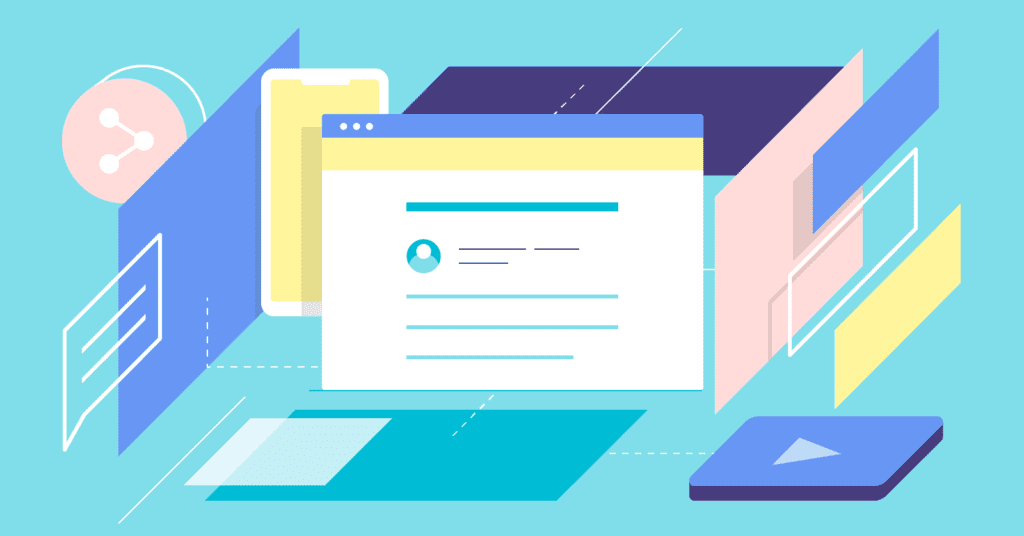
With more visitors, in addition to your step one quick-loading, responsive content that includes a range of keywords, outbound, and inbound links and good content, search engine algorithms, search engines will see that your site is popular.
While many marketing departments think that a higher bounce rate is a negative influence on ranking, this does not seem to be true. Dr. William Sen, CEO, and founder of Blue Media makes this clear,
“If the bounce rate was a ranking criterion, Google would have to treat websites with Analytics Codes differently.”
If you are not convinced, try an experiment and uninstall the Google Analytics code for one month without drastically changing your marketing strategy. Does your website shoot up the rankings?
Probably not.
Now reinstall the Google Analytics code and purchase a big, fat package of targeted (or undifferentiated) 100% human website traffic. Spread your traffic over the course of the month and analyze your data after this period.
You now know that Google does not use bounce rates as a primary signal – or a minor signal – in its algorithm. Even if it did take note of bounce rates as a minor signal, the increase in visitors to your domain would easily cancel this effect.
Buying Website Traffic is an Additional Marketing Strategy

You should never depend on paid website traffic alone.
This marketing strategy is meant to be used as a traffic boost during launches and marketing campaigns, not for you to sit back and wait for the money to roll in.
Paid website traffic is calculated on top of your other direct and organic traffic. If you can look at bought website traffic sources realistically, it will not disappoint.
 Imagup General Magazine 2024
Imagup General Magazine 2024
